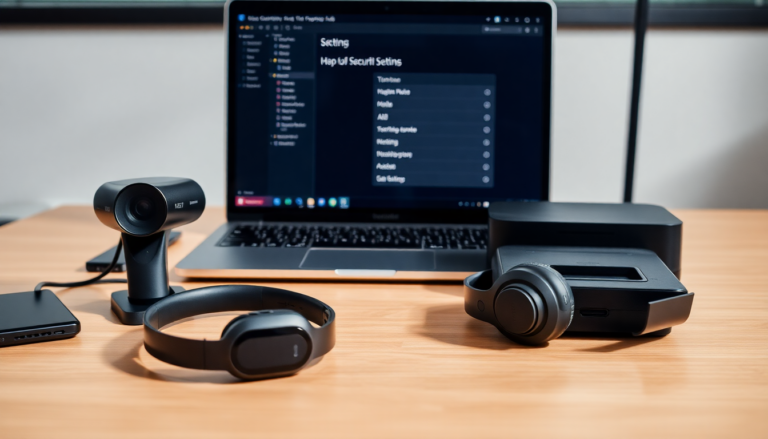Argomenti trattati
In today’s digital age, the convenience of technology often overshadows its potential vulnerabilities. It’s not just your computer that poses a risk; the peripherals connected to it—like webcams, headphones, and printers—can be just as susceptible to cyber threats. Many users remain blissfully unaware of how easily these devices can be compromised, putting their personal information and security at risk.
The lurking threat of peripheral hacking
Security firms constantly raise alarms about the vulnerabilities found in tech peripherals. These devices, while seemingly innocuous, can serve as gateways for cybercriminals. A common tactic involves proof-of-concept attacks, where researchers demonstrate how easily hackers can exploit these peripherals. Even without a full operating system, many of these devices contain firmware that can be compromised with malware.
Consider webcams, for instance. They have been at the forefront of security breaches, with hackers employing Remote Access Trojans (RATs) to gain control over them. This method, often combined with social engineering tactics, is known as camfecting. Cybercriminals may pose as technical support, tricking victims into giving them access to their devices. Once inside, they can capture images or videos, using them for extortion or other malicious purposes.
Webcam vulnerabilities and their overlooked risks
While malware is a prevalent tool used to hijack webcams, many devices can be accessed without sophisticated hacking techniques. Some webcams operate on unsecured peer-to-peer networks, while others come with weak or default passwords that are easily breached. This highlights a significant risk: the very devices meant to enhance our connectivity can also compromise our privacy.
Headphones as unexpected security threats
It may come as a surprise, but even your headphones can be exploited. Researchers from Ben-Gurion University in Israel showcased a proof-of-concept attack that transformed headphones into microphones, a feat achieved without a built-in mic. By using advanced malware known as SPEAK(a)R, they manipulated the audio ports, allowing them to record conversations without the user’s knowledge. This alarming breach underscores how vulnerable devices with common audio chips can be.
USB hubs: the perfect conduit for malware
USB hubs are indispensable tools, expanding the connectivity of your devices. However, their lack of security makes them ideal targets for hackers. These hubs typically lack firewalls or protective measures, creating an open channel for malicious actors. By physically connecting a compromised USB drive to a hub, cybercriminals can intercept and exfiltrate data, posing significant risks to users.
Even the standard USB cable isn’t as harmless as it seems. Research into the O.MG cable revealed hidden hardware capable of intercepting data, eavesdropping on calls, and fully controlling connected devices. This revelation is a stark reminder that everyday tech can be weaponized against us.
Printers: an overlooked security risk
Printers are often neglected in discussions about cybersecurity. Yet, they can be hacked through various means—whether by connecting to an unsecured network or by exploiting Bluetooth vulnerabilities. Malware infections typically occur when users inadvertently install malicious software while printing documents. For businesses, the stakes are even higher; sensitive information can be extracted directly from printer memory.
The prevalence of printer hacks surged in 2017 and 2018, drawing attention to the vulnerabilities of personal and commercial printers alike. Despite attempts to bolster security, many devices remain susceptible to attack.
Recommendations for safeguarding your devices
Given the potential risks posed by tech peripherals, it’s crucial to adopt proactive measures to protect your devices. Regularly update firmware, use strong, unique passwords, and consider disabling features that are not in use. Being aware of the risks associated with your tech can make a significant difference in safeguarding your privacy.
In an increasingly interconnected world, understanding the vulnerabilities of your devices is more important than ever. These everyday items, often taken for granted, may just be the weakest links in your digital security chain. Stay vigilant, and remember: sometimes, the most unsuspecting devices can hold the biggest threats.

